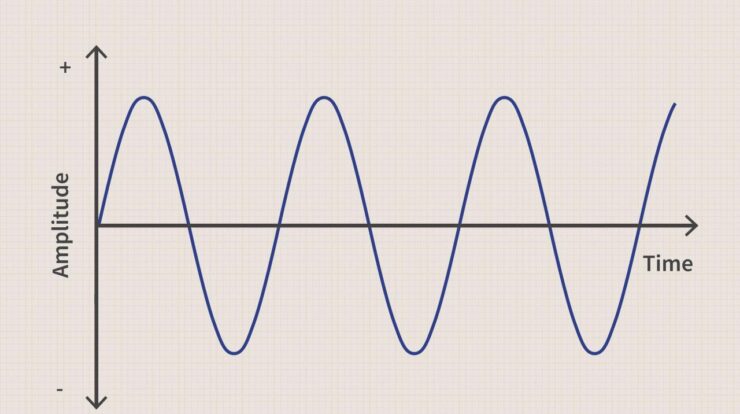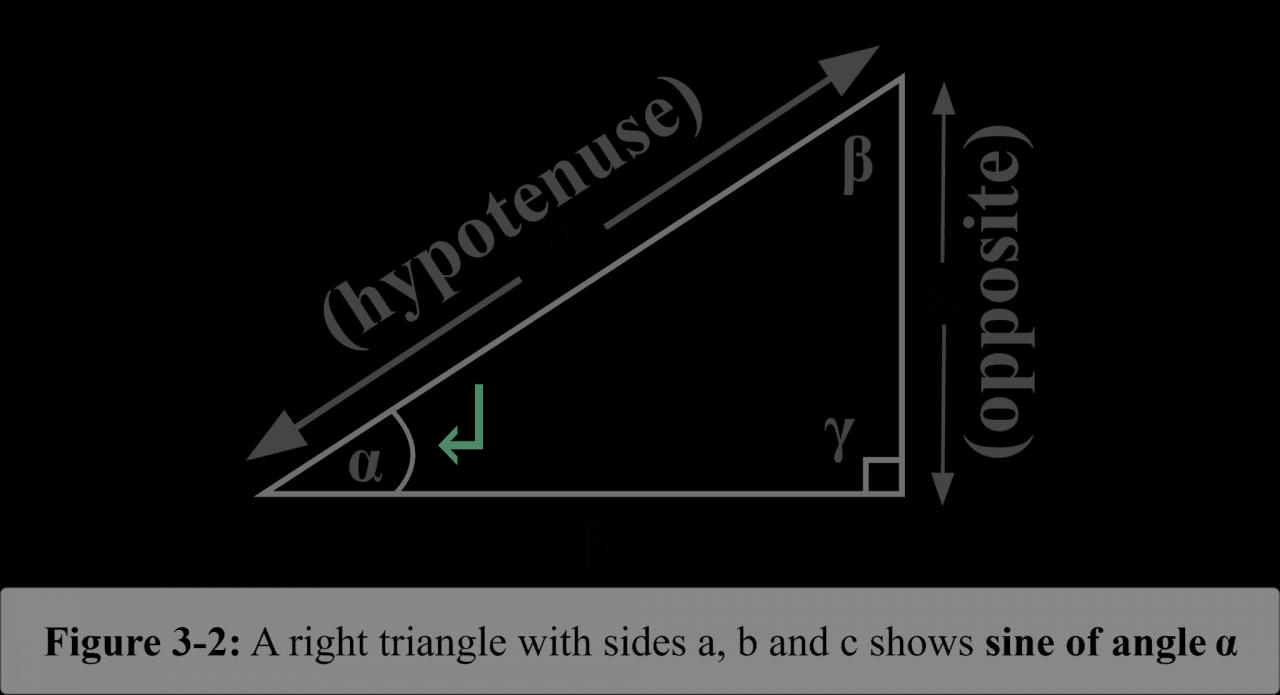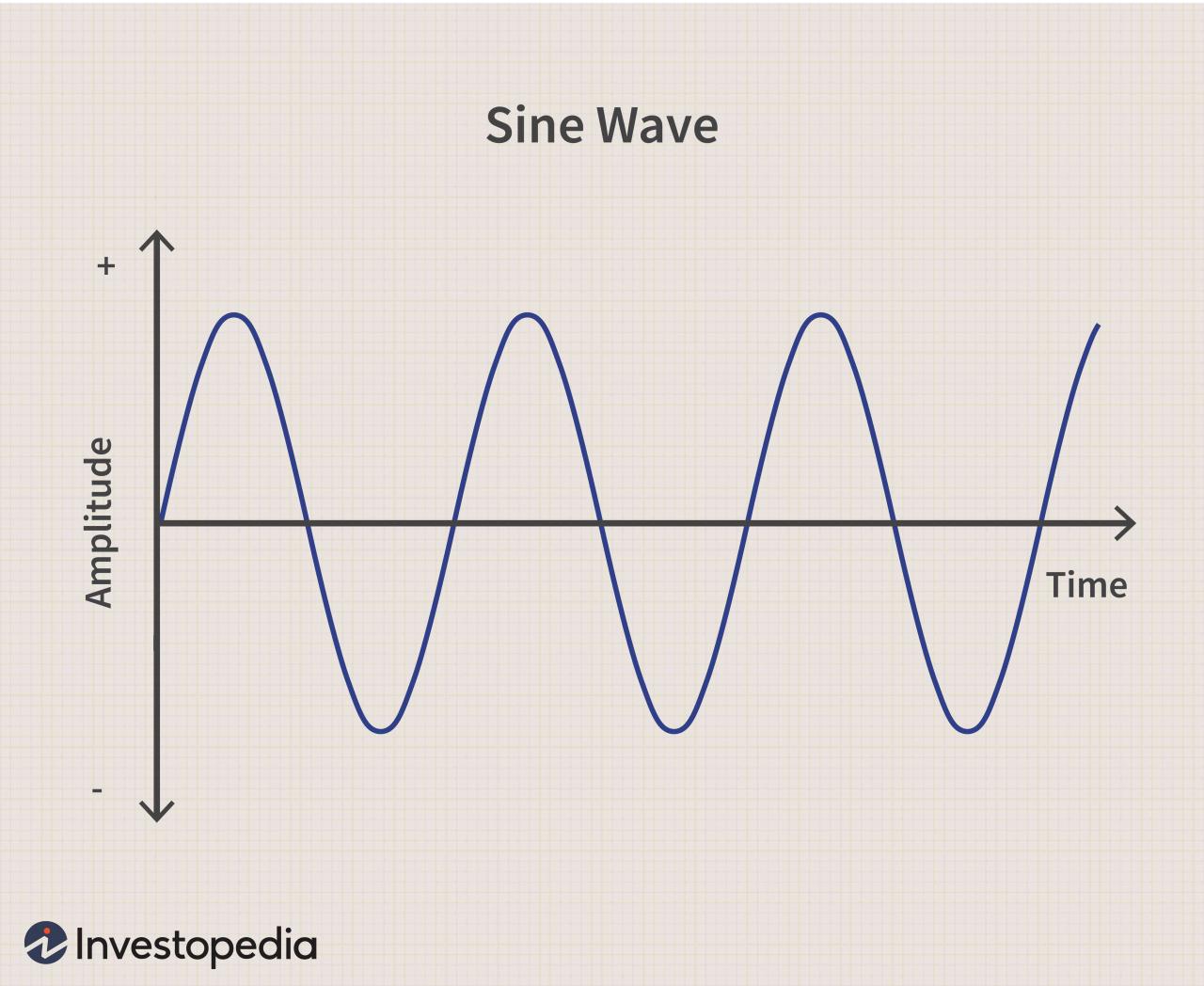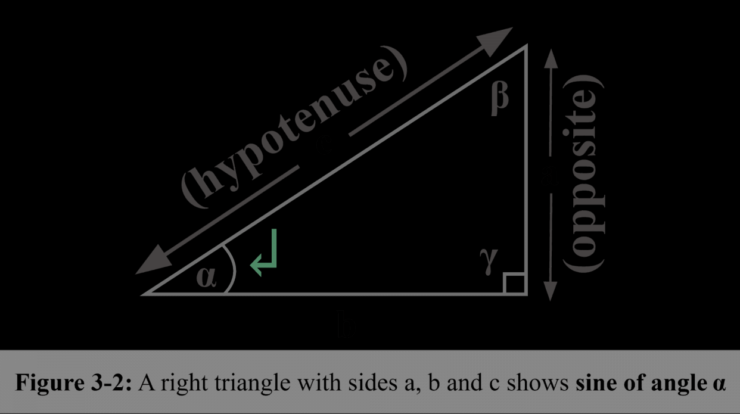
Sine meaning delves into the heart of trigonometry, unveiling the secrets of periodic phenomena and unlocking the mysteries of sound waves, vibrations, and angles. Its rich history and diverse applications make it an indispensable tool in fields ranging from physics to music.
From the standard mathematical definition to its graphical representation, this comprehensive guide explores the multifaceted nature of sine, revealing its key properties, relationships with other trigonometric functions, and practical applications.
1. Definitions and Meanings

The sine function is a fundamental trigonometric function that describes the vertical component of a point on a unit circle as an angle is measured from the positive x-axis. Mathematically, sine is defined as the ratio of the length of the opposite side to the length of the hypotenuse in a right triangle.
In trigonometry, sine is used to determine the height of an object or the distance to an object based on the angle of observation. It is also essential in calculating the velocity and acceleration of objects in periodic motion.
2. Properties of Sine
Sine is a periodic function with a period of 2π, meaning it repeats its values every 2π radians. It is an odd function, which means that sine(-x) = -sine(x).
Sine is related to other trigonometric functions through the Pythagorean identity: sin 2(x) + cos 2(x) = 1. This identity allows us to find the sine of an angle if we know the cosine or vice versa.
3. Applications of Sine
Sine is widely used in physics to model periodic phenomena such as sound waves and vibrations. It is also used in engineering to calculate the forces and stresses on structures. In music, sine waves are used to create different sounds and tones.
Additionally, sine is used in navigation to determine the angle of incidence and reflection of light and other waves.
4. Historical and Cultural Significance, Sine meaning
The concept of sine has been known since ancient times. The Greek mathematician Hipparchus developed a table of sines around 150 BC. Ptolemy later expanded on Hipparchus’s work in his treatise Almagest.
Sine has also played a significant role in art and architecture. The Golden Ratio, which is closely related to sine, has been used in the design of many famous buildings, including the Parthenon in Greece.
Wrap-Up: Sine Meaning

Sine meaning extends beyond mere mathematical formulas; it permeates our understanding of the world around us. Whether modeling sound waves or determining angles of incidence, sine empowers us to comprehend and manipulate periodic phenomena. Its historical significance and cultural impact further attest to its enduring relevance.
Top FAQs
What is the sine function?
The sine function is a trigonometric function that measures the ratio of the length of the opposite side to the length of the hypotenuse in a right triangle.
What are the key properties of the sine function?
The sine function is periodic, meaning it repeats its values at regular intervals. It is also symmetric about the origin, meaning that its graph is the same on both sides of the y-axis.
What are some real-world applications of the sine function?
The sine function is used in a wide variety of applications, including modeling sound waves, vibrations, and angles of incidence.
